

Home / Mumbai / Mumbai News / Photos /
IN PHOTOS: Five fascinating facts about Khotachi Wadi every Mumbaikar must know
Updated On: 28 March, 2023 01:17 PM IST | Ainie Rizvi
We have curated five interesting facts about Mumbai`s popular locality Khotachi Wadi. A heritage village in Girgaon, Mumbai, Khotachi Wadi embodies the old-Portuguese style of architecture which has remained untouched and narrates a tale of past, present and future. The extracts have been taken with permission from the book, "Bombay: The Cities Within" by Rahul Mehrotra and Sharada Dwivedi, and published by Eminence Designs Pvt. Ltd
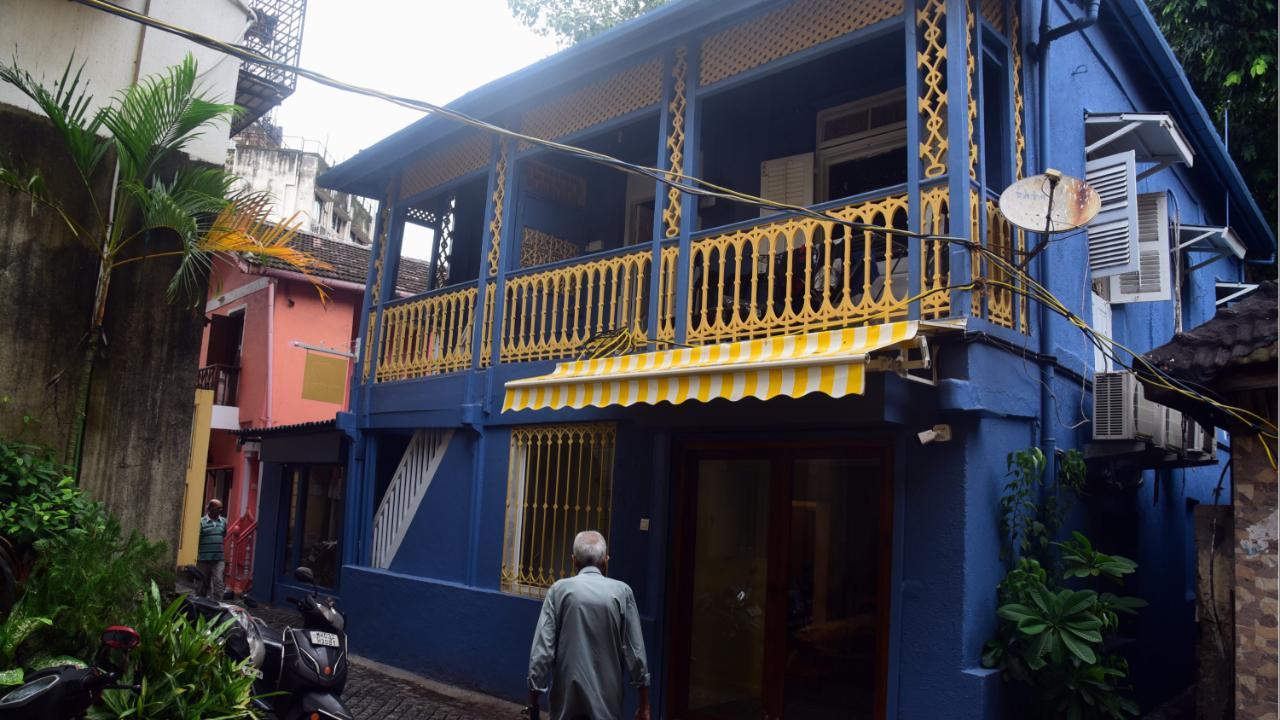
1/7
We have curated five interesting facts about Mumbai`s popular locality Khotachi Wadi. A heritage village in Girgaon, Mumbai, Khotachi Wadi embodies the old-Portuguese style of architecture which has remained untouched and narrates a tale of past, present and future. The extracts have been taken with permission from the book, "Bombay: The Cities Within" by Rahul Mehrotra and Sharada Dwivedi, and published by Eminence Designs Pvt. Ltd
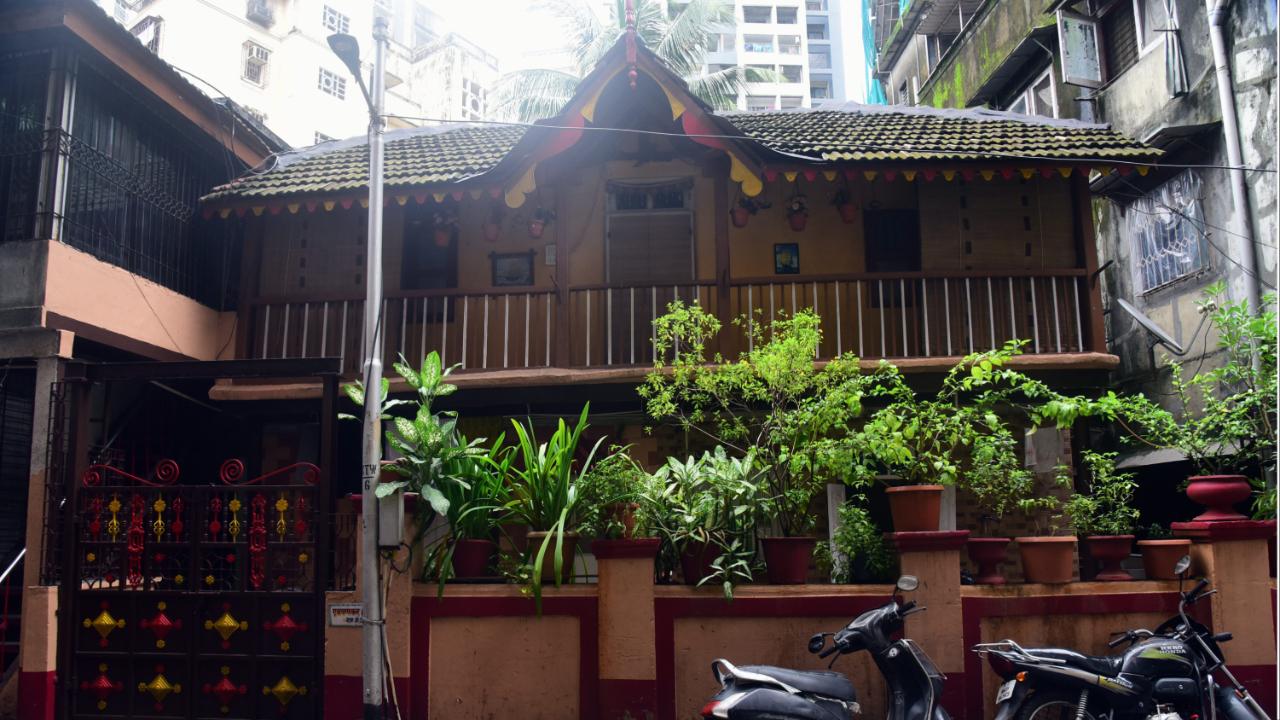
2/7
Khotachi Wadi comprises a collection of charming vernacular style houses – a unique example of 19th century architecture that survived the onslaught of the modern builders for long. The wadi was originally owned by a Hindu Khot (lessee of land or farmer), who sold plots of land to his many East Indian Christian friends. Photo Courtesy: Shadab Khan
ADVERTISEMENT
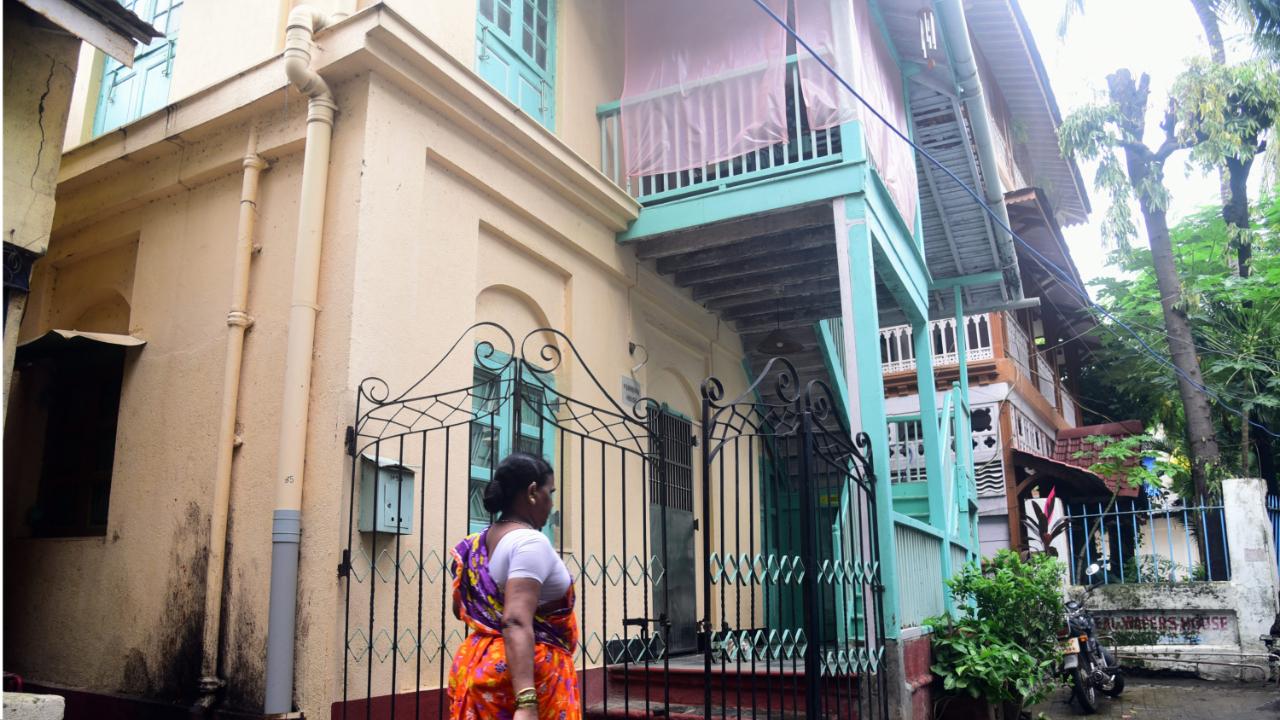
3/7
It was founded in the late 18th century by Pathare Prabhu. Khotachi Wadi used to be a hotbed for cultural renaissance and anti-British nationalism in the late 18th and early 19th centuries. There used to be 65 of these houses, now reduced to 28 as old buildings are being pulled down to make way for new skyscrapers. Photo Courtesy: Shadab Khan
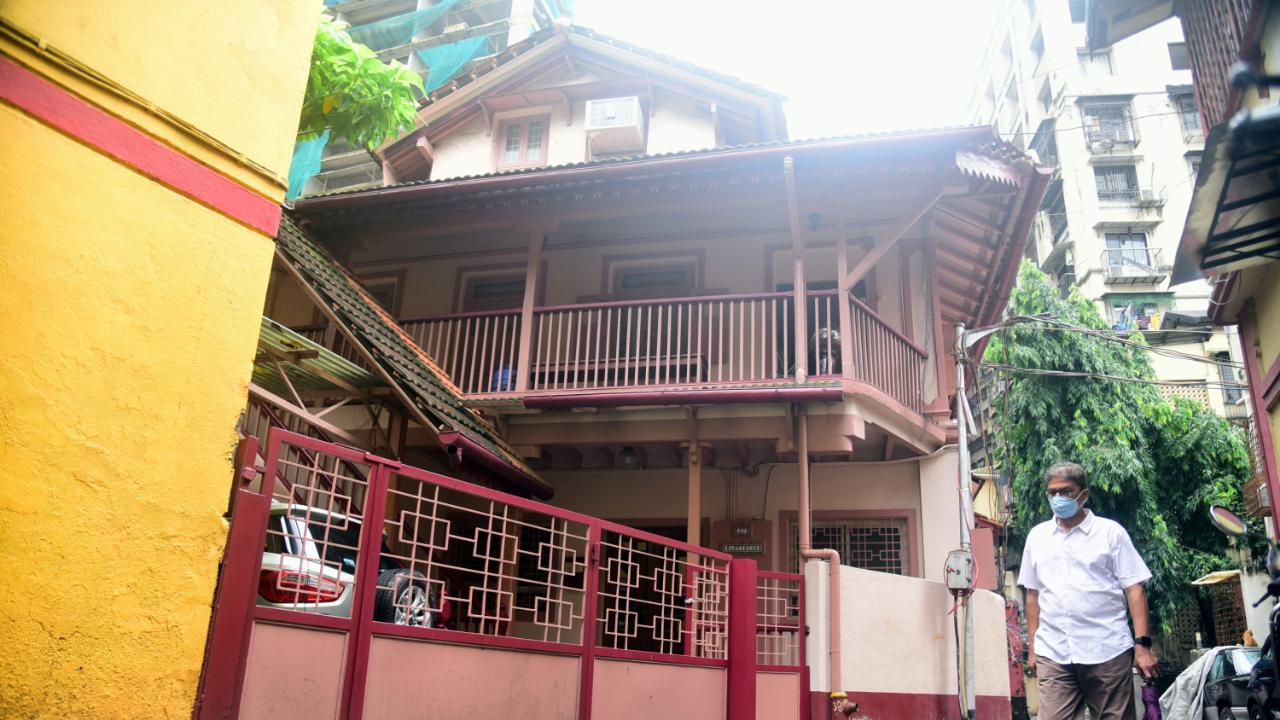
4/7
Houses are made of wood, with a large open front verandah, a back courtyard and an external staircase to access the top bedroom. The area resembles a juxtaposition of neo-classical and art deco styles with wooden facades. Photo Courtesy: Shadab Khan
ADVERTISEMENT
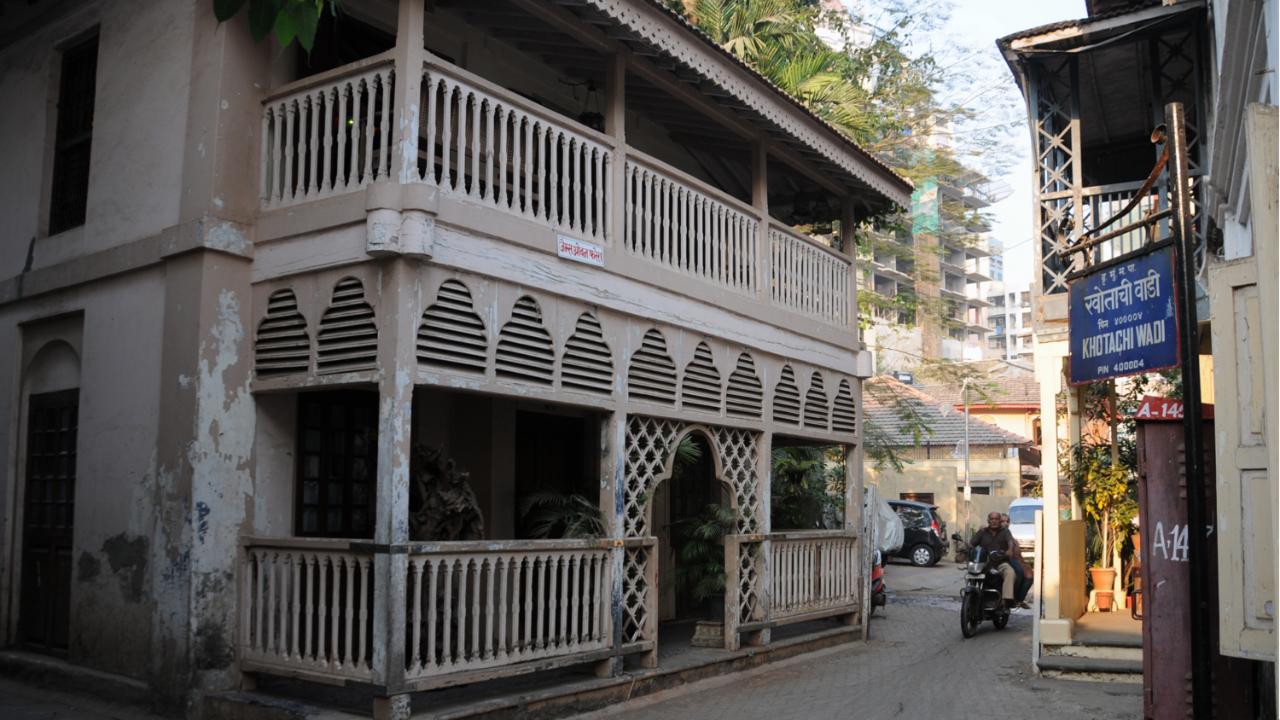
5/7
Fisherfolk by origin, the inhabitants were converted to Christianity by the Portuguese at their habitats around Salsette and Bassein. In later years, members of the community moved southward to enclaves at Bandra, Mazagaon, Mahim, Cavel and Girgaum. Like Goan Christians, they adopted Portuguese customs, language, dress and food. Photo Courtesy: Satyajit Desai
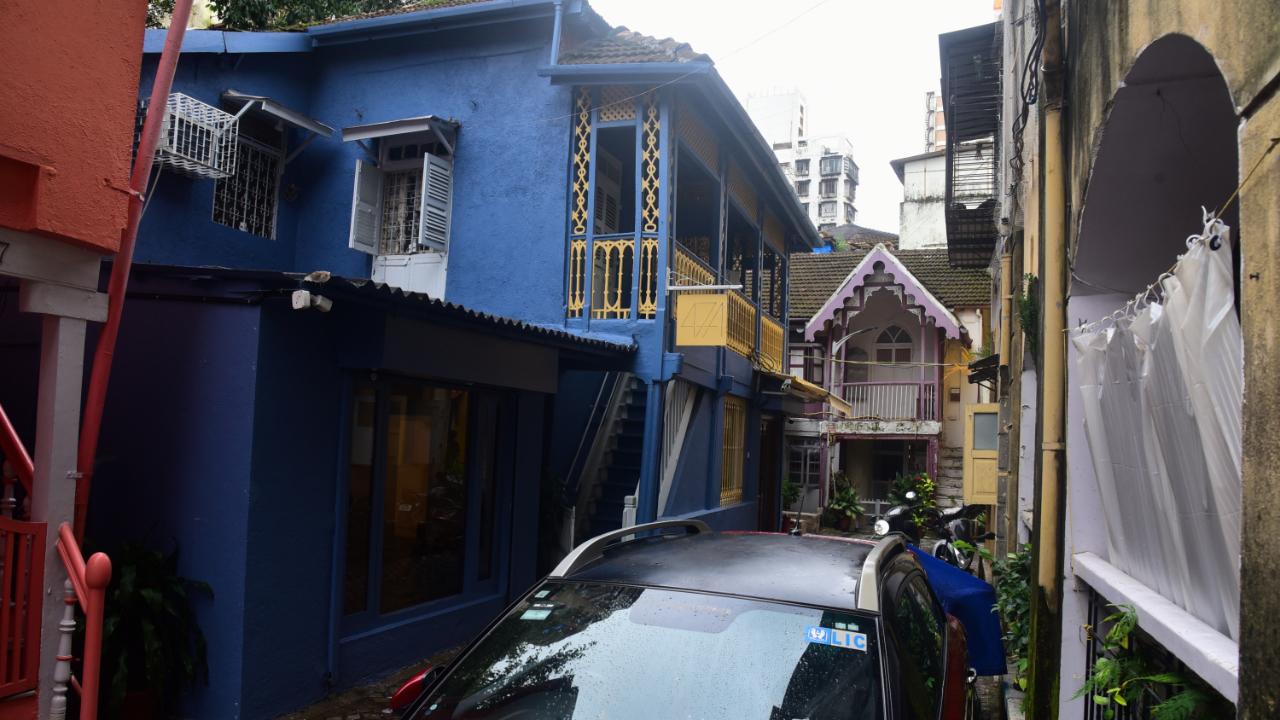
6/7
On Girgaum Road, the Indian Christians lived at the southern end in Cavel and in the quiet enclave of Khotachi Wadi, at its northern end. The Parsis resided in the vicinity of the Hormusji Wadia fire temple at Chandanwadi and Albless Baug. Photo Courtesy: Shadab Khan
ADVERTISEMENT
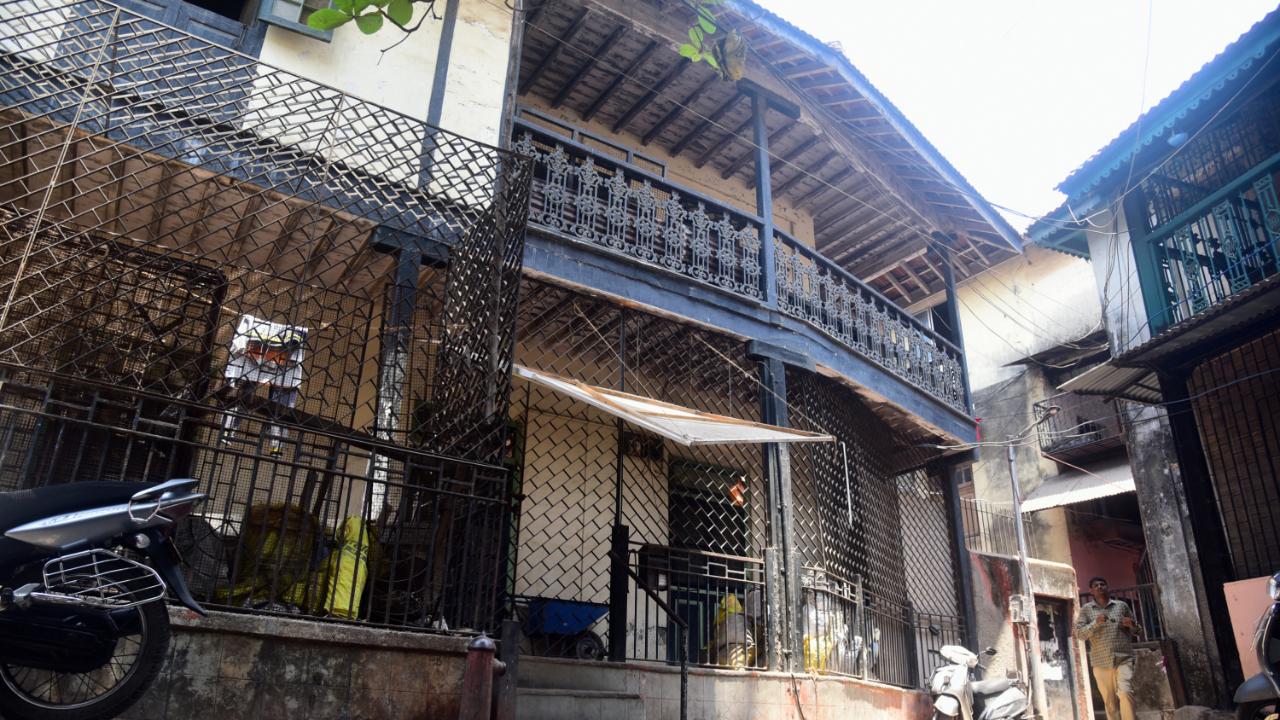
7/7
The landscape of Khotachi Wadi is a result of an organic plan. Some vantage points are marked with holy crosses. Mangalore wood, decorative fascia boards, deep overhangs, and open verandas adorn every house. Photo Courtesy: Shadab Khan
ADVERTISEMENT
Photo of Day
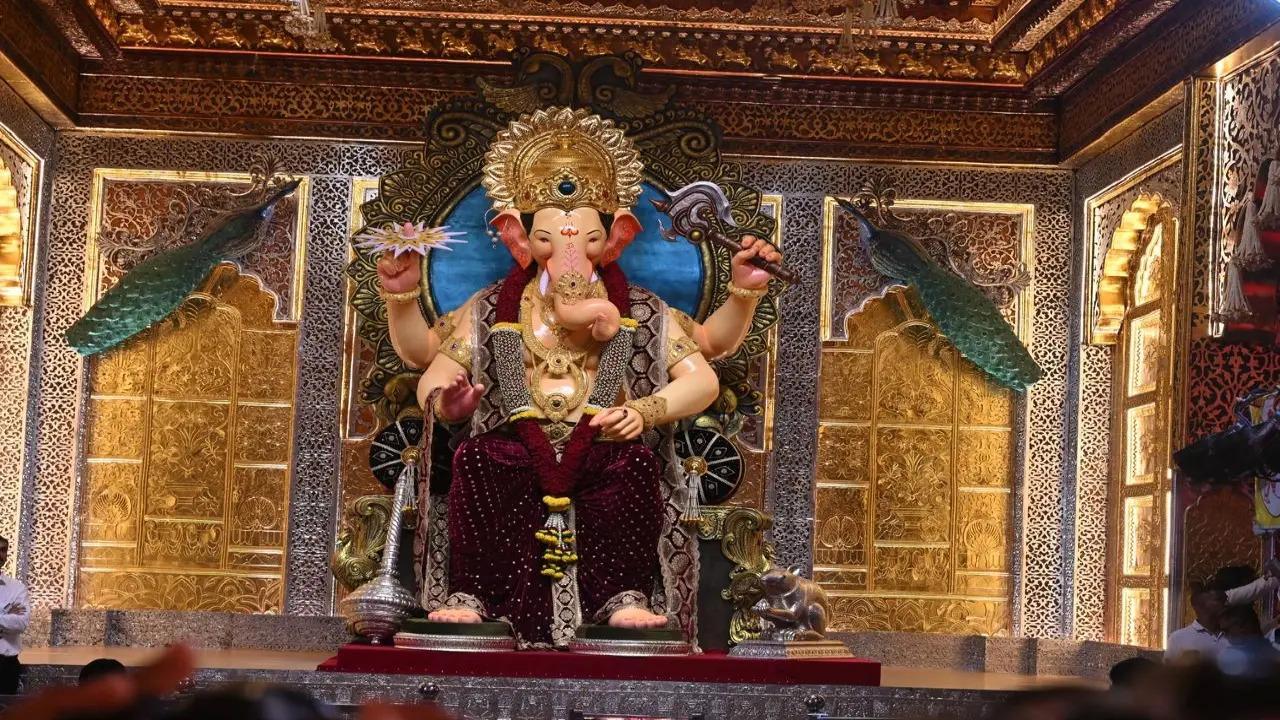
High tidal waves in Mumbai delay Lalbaugcha Raja`s visarjan
The iconic Lalbaugcha Raja idol was shifted onto a raft on Sunday afternoon after delays since morning due to high tide and technical challenges, with final immersion, delayed by several hours, expected to take place around 11 pm, officials said.


